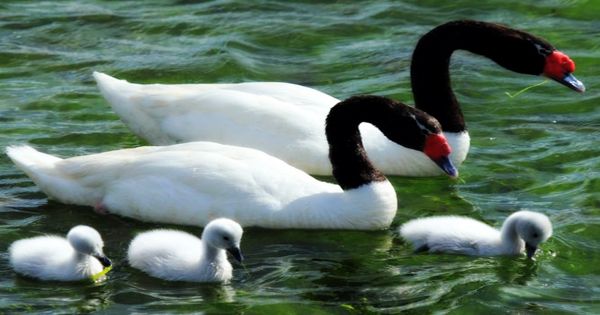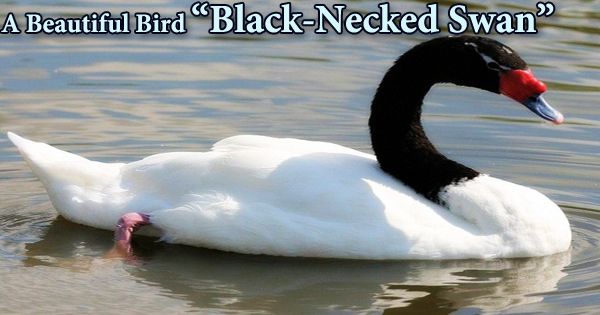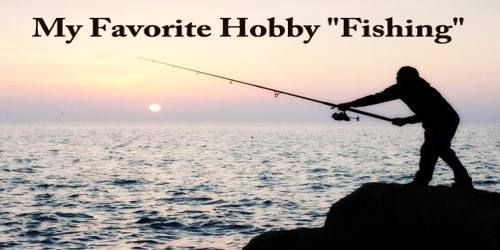While the black-necked swan (Cygnus melancoryphus) is the largest waterfowl in southern South America, it is also the second smallest swan (the smallest being the Coscoroba Swan). It is the smallest member of the Cygnus genus, measuring between 102 and 124 cm in length. Sthenelides, a monotypic genus, was previously assigned to it. Because of its wide range, this species does not meet the thresholds for Vulnerable under the range size criterion. The population trend tends to be stable, so the species does not hit the Vulnerable thresholds based on population trend. Except for their black neck and head, black-necked swans are entirely white. Each eye has a white stripe running across it. The bill is gray with a distinct red lob near the middle, as well as red legs and feet. The young are light gray in color with black bills and feet, but by their second year, they have developed black and white feathers. Adults average 102 to 124 cm (40 to 49 in) and weigh 3.5 to 6.7 kg (7.7 to 14.8 lb). The wingspan ranges from 135 to 177 cm (53 to 70 in). The male and female are almost identical, with the female being slightly smaller. The male is called a “cob” after the Middle English word Cobbe (leader of a group); the female is called a “pen,” and their chicks are called “cygnets” after the Latin word Cygnus (swan). Males are 45-55 inches (115-140 cm) tall, while females are 40-49 inches (102–124 cm) tall. Males weigh between 10 and 14.8 pounds (4.5 and 6.7 kilograms), with an average of 12 pounds (5.4 kg). Females weigh between 7.7 and 9.7 pounds (3.5 and 4.4 kilograms), with an average weight of 22 pounds (10 kg). Black-necked swans have a pointed wing, a raised hind toe, and a thin coat of feathers. The pink, short, and unusually positioned legs make it difficult for these swans to walk on the ground. The white feathers cover the wings. The black-necked swan, like its black and mute swan relatives, is relatively quiet. In addition, unlike other wildfowl, both parents bear the cygnets on their backs on a daily basis. In a mound of grass, the female lays four to six eggs. Vegetation, insects, and fish spawn make up the majority of the diet.

The Black-necked Swan is distinguished by its long neck, bulky body, and short, set-back legs. Black-necked swans are very social for the majority of the year, but during the breeding season, they become more territorial and aggressive. During the breeding season, males can be especially vicious, and they will use their wings to defeat their opponents. The majority of the time, black-necked swans are found in the sea. Since their legs are set far back on their bodies, they are great swimmers but bad walkers. They have a hard time getting off the ground, but once in the air, they are one of the fastest flying swan species. Males and females have similar appearances, with the exception of the male’s greater size and the red knob over the base of the bill, which is normally larger on males during the breeding season. Young swans are more likely than other swan species to fly on the backs of their parents. The cygnets (young swans) typically ride on the back of the father while the mother eats after incubating the eggs. Despite its small wings, the Black-necked Swan is a powerful and fast flier capable of long-distance migrations at speeds of up to 50 miles (80 kilometers) per hour. On the ground, however, they are clumsy and not very mobile. It can be found in freshwater marshes, lagoons, and lakeshores in southern South America, and is the smallest member of its genus. In Chile’s Southern Zone, Patagonia, Tierra del Fuego, and the Falkland Islands, the black-necked swan breeds. This species migrates north to Paraguay, Bolivia, and southern Brazil during the austral winter. The Carlos Anwandter Nature Sanctuary in Cruces River, which was formed by the Great Chilean earthquake, has become a significant population center for the black-necked swan. These swans do not squawk or honk, instead of communicating with gentle, repetitive whistles. In most cases, the breeding season lasts from July to November. In a nest near water and dense vegetation, four to six eggs are laid. The incubation period lasts approximately 36 days. The cob (male) guards his pen (female) and her eggs with his life. A Black-necked Swan egg measures 3.7 – 4.3 in (93 – 109 mm) in length and 2.5 – 2.7 in (63 – 69.3 mm) in width, and weighs 6 – 9.7 oz (173 to 274 grams). The cycle of fledging lasts ten weeks. Swans often forage by swimming and picking up plant material at the water’s edge or on the water’s surface. They eat grains and grasses on the ground. Males assist in the raising of the children, but females are the sole incubators of the eggs. Males tend to the young after the eggs hatch, while females focus on eating to recover the weight they lost while tending the nest. The IUCN Red List of Threatened Species rates the black-necked swan as Least Concern because it is widespread and common in its habitat.
















